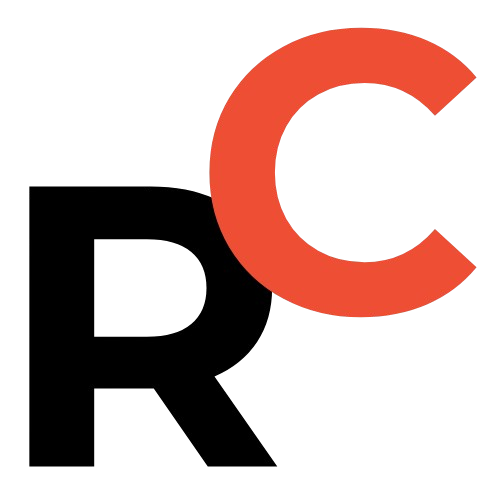Key Points
- The Civil Aviation Administration of China (CAAC) has established a new General Aviation and Low-Altitude Economy Working Group to unify oversight of general aviation, drones, and urban air mobility.
- This new group consolidates three previous bodies, aiming to streamline decision-making and create a single, clear strategy for China’s low-altitude economy.
- Led by the principal leader of the CAAC, its mandate includes implementing high-level policy, formulating strategic plans, and resolving complex cross-departmental issues to accelerate innovation.
- A key focus is establishing airworthiness certification standards for new aircraft like eVTOLs and commercial drones, which could significantly speed up time-to-market.
- This move signals a powerful, government-backed push for clearer regulations, faster certification paths, and overall acceleration of China’s low-altitude economy.

China’s development of the low-altitude economy just received a massive boost, signaling a new era for general aviation, drones, and urban air mobility.
The Civil Aviation Administration of China (CAAC) (Minhangju 中国民航局) has officially established the General Aviation and Low-Altitude Economy Working Group.
This isn’t just some bureaucratic shuffle.
It’s a strategic move to create a unified ‘mission control’ for one of the world’s most dynamic and futuristic sectors.
Let’s break down what this means.
A New Powerhouse for China’s Skies: Why This Is a Game-Changer
Previously, oversight was split between different groups.
Now, the CAAC is merging three key leadership bodies into one streamlined entity:
- The CAAC General Aviation Working Group
- The Civil UAV Management Leadership Group
- The CAAC Low-Altitude Economy Promotion Working Group
Think of it as taking three separate, siloed teams and combining them into a single, coordinated force.
This consolidation is designed to eliminate friction, speed up decision-making, and create a single, clear strategy for the future of flight in China.

Resume Captain
Your AI Career Toolkit:
- AI Resume Optimization
- Custom Cover Letters
- LinkedIn Profile Boost
- Interview Question Prep
- Salary Negotiation Agent

The Mission: What Is the New Working Group Actually Doing?
The group’s mandate is powerful and direct.
It’s led by the principal leader of the CAAC, with deputy directors serving as vice-chairs, ensuring top-level authority.
Their primary responsibilities are clear:
- Implement High-Level Policy: They are tasked with taking national-level decisions from the Central Committee of the Communist Party of China and the State Council and turning them into actionable, on-the-ground reality.
- Formulate Strategic Plans: This group will write the playbook for the long-term development of general aviation and the entire low-altitude ecosystem, from personal aircraft to delivery drones.
- Cut Through Red Tape: A key function is to resolve complex, cross-departmental, and inter-regional issues that can stall innovation and infrastructure build-out.
To get the job done, the working group is supported by a dedicated office and six special task forces, creating a robust structure for execution.

The Playbook: A 7-Point Focus for Future Flight
The CAAC working group isn’t just talking strategy; they have a concrete checklist for building a safe, regulated, and highly innovative environment.
Here are the seven key areas they’re tackling head-on:
-
Developing Comprehensive Growth Plans
This is about creating the master blueprint for the entire sector’s expansion. -
Establishing Airworthiness Certification Standards
This is a massive deal for manufacturers. It means creating a clear, standardized process for getting new aircraft—like eVTOLs and commercial drones—approved to fly. This could dramatically speed up time-to-market. -
Enhancing Market Regulation
They are setting the rules of the game to ensure fair competition and prevent a “wild west” scenario, fostering stable growth. -
Supervising Flight Operations
Keeping a close watch on who is flying what, where, and when to maintain world-class safety standards. -
Improving Flight Service Support
You can’t have a sky full of new vehicles without the ground support. This involves building out the physical and digital infrastructure needed. -
Building Flight Service Dispatch Platforms
Think air traffic control, but for the low-altitude economy. This is the critical tech backbone that will manage thousands of simultaneous flights safely. -
Strengthening the Aviation Safety Regulatory System
Ultimately, it all comes down to safety. Bolstering the entire regulatory framework is essential for building public trust and ensuring long-term viability.
- Developing Comprehensive Growth Plans: Creating master blueprints for sector expansion.
- Establishing Airworthiness Certification Standards: Standardizing approval processes for new aircraft (eVTOLs, drones).
- Enhancing Market Regulation: Setting rules for fair competition and stable growth.
- Supervising Flight Operations: Monitoring flight activity to maintain safety standards.
- Improving Flight Service Support: Building physical and digital infrastructure.
- Building Flight Service Dispatch Platforms: Developing critical tech backbone for managing flights.
- Strengthening the Aviation Safety Regulatory System: Bolstering overall safety framework.
What This Means for You
This consolidation by the CAAC is far more than an administrative update.
It’s a strategic, top-down push to unify and accelerate one of the most exciting tech frontiers in the world.
For founders, investors, and tech operators in the aviation and drone space, this signals a future with:
- Clearer regulations
- Faster paths to certification
- A powerful, government-backed tailwind
Keep a very close eye on China’s low-altitude economy; the flight is just getting started.

Find Top Talent on China's Leading Networks
- Post Across China's Job Sites from $299 / role, or
- Hire Our Recruiting Pros from $799 / role
- Qualified Candidate Bundles
- Lower Hiring Costs by 80%+
- Expert Team Since 2014
Your First Job Post






